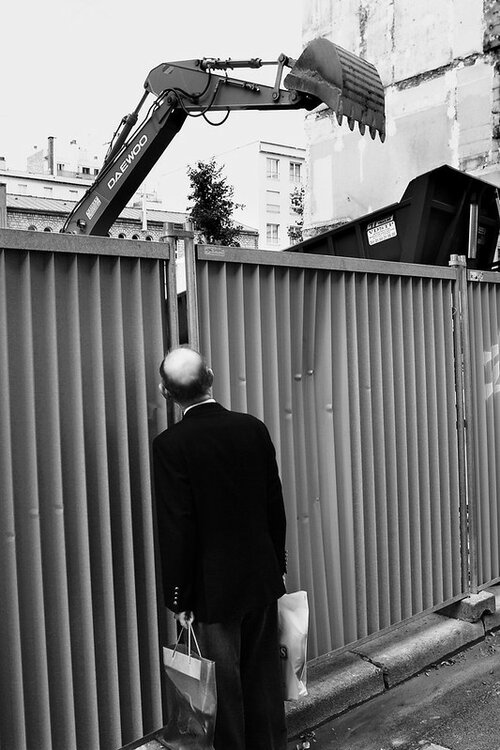Here's a video from TheSpaceBucket about how the Starship launchpad held up during and after IFT-2's launch:
After around 7 months of building, testing, and waiting for approval, yesterday morning Starship lifted off for a second time. While the launch itself was very exciting, a lot of people's attention shifted to the pad right after the mission had ended. This has to do with the fact that the pad was damaged quite severely on the first launch which took up time in a few different ways.
Since then, SpaceX put a lot of time and effort into creating a new pad protection system meant to not only withstand one launch, but many. This consists of a massive water-cooled steel plate positioned under the 33 Raptor engines of Super Heavy.
At this point, comments from SpaceX along with pictures of the pad suggest that it held up very well to this second attempt. Here I will go more in-depth into the current state of the pad, what damage if any it suffered, what to expect in the coming weeks, and more.

![29409[1].jpeg 29409[1].jpeg](https://www.secretprojects.co.uk/data/attachments/247/247786-d32a00a0d6d39ee7d97f3ce5f24f86cc.jpg)
